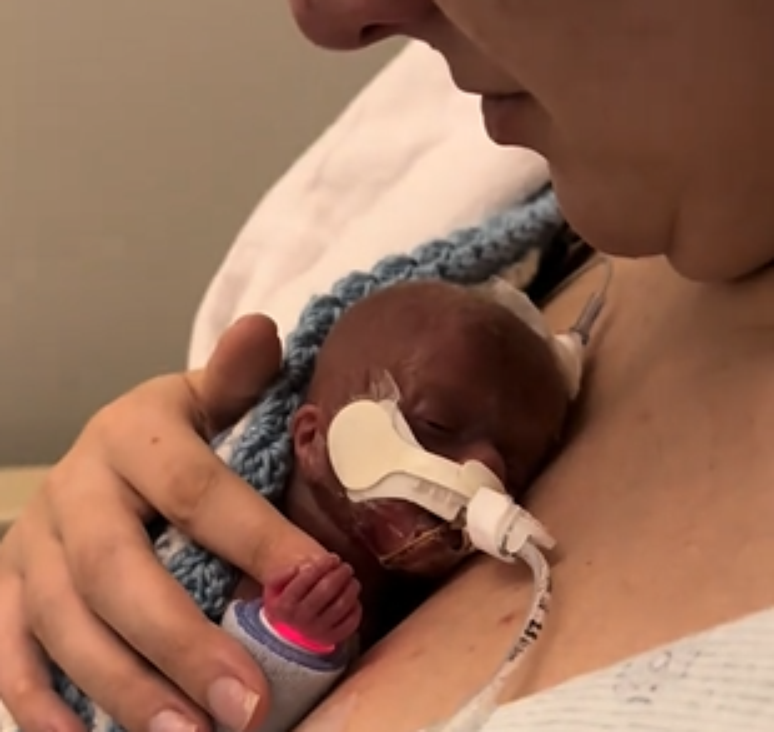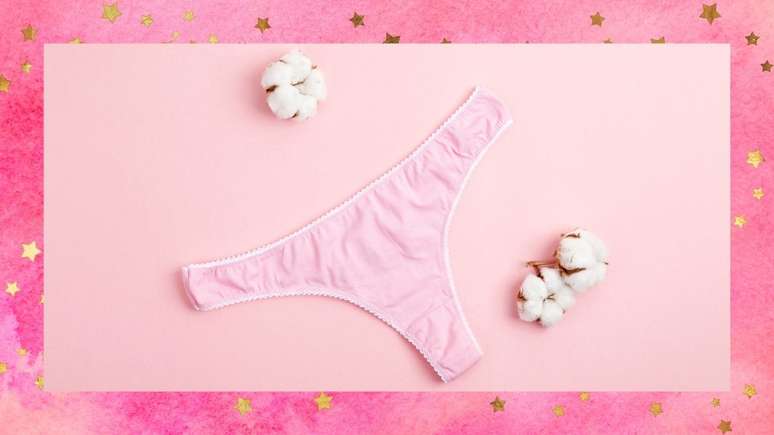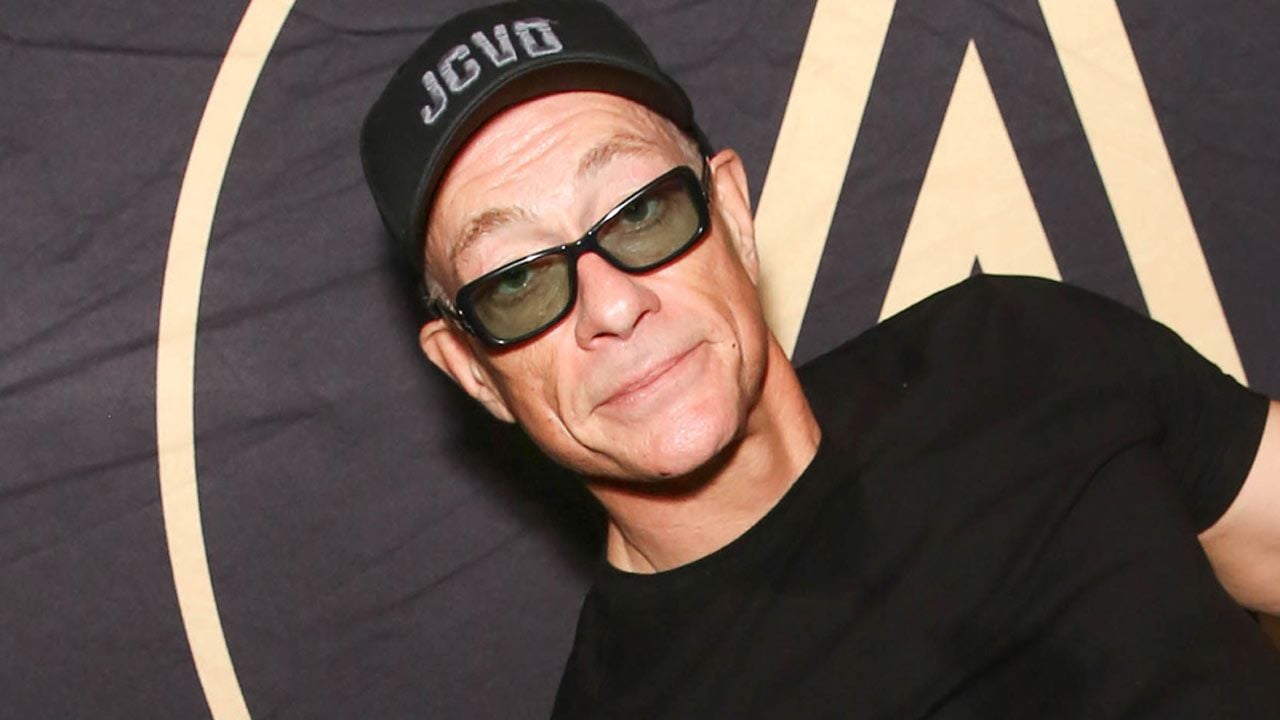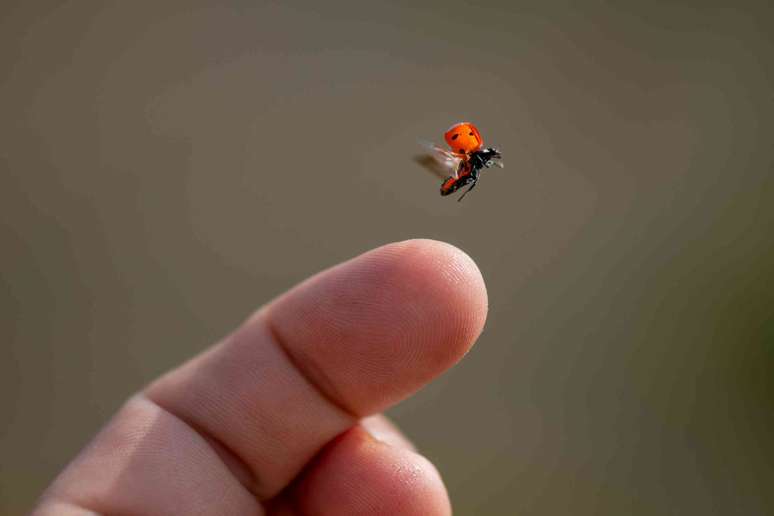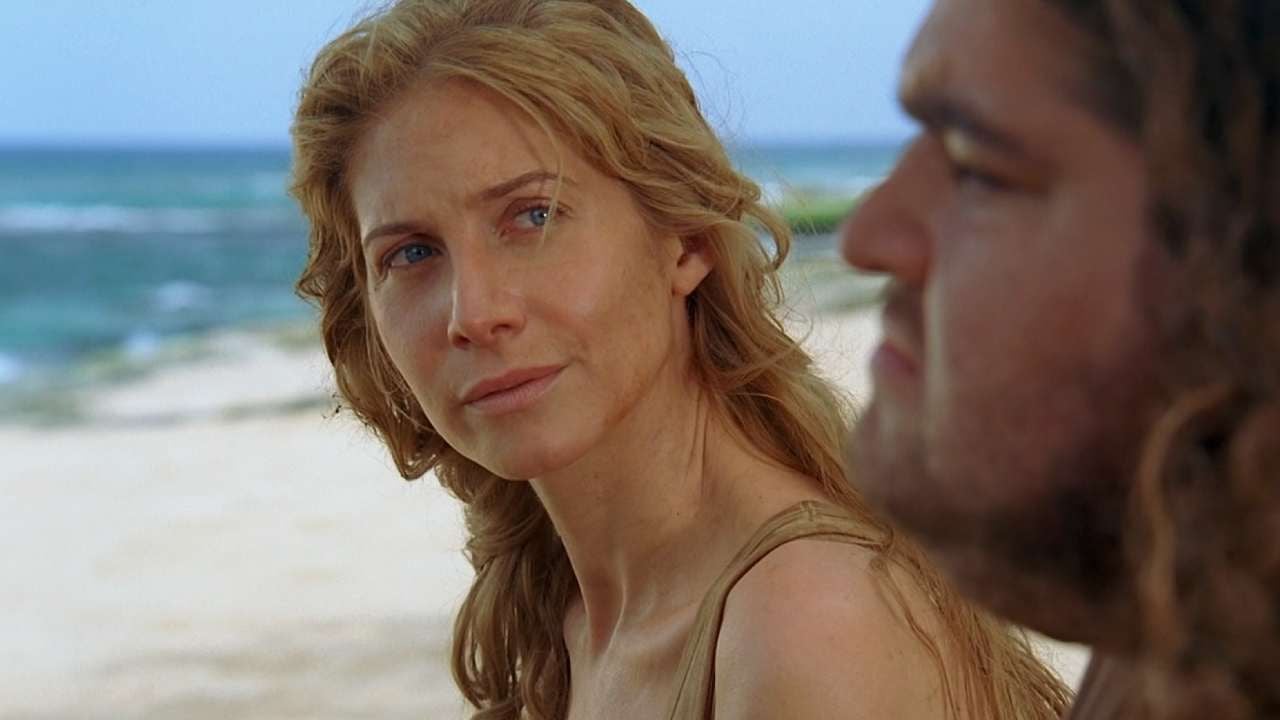The doctor explains that strenuous exercise can cause premature and more pronounced skin aging
According to the plastic surgeon Dr. Beatrice LassanceA member of the Brazilian Society of Plastic Surgery and the Brazilian College of Lifestyle Medicine, some physical exercises can make your skin look younger, as well as make it healthier.
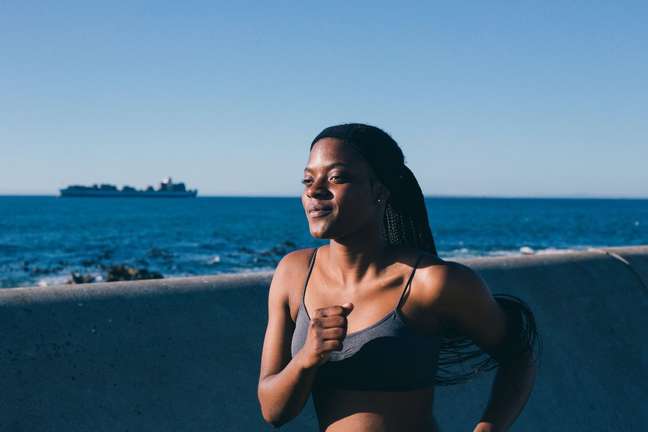
The largest organ in the human body, the skin, is the body’s main defense against disease and infection, according to the doctor. In addition, it also offers protection against trauma and damage caused by the weather.
🇧🇷
“The skin is a complex organ, capable of adapting to ensure the correct functioning of the whole organism,” he explains.
“There are some theories that influence the variations of aging. One of these concerns oxidative stress. To breathe, think, sleep, walk, there is an expenditure of energy that naturally generates free radicals. Our body is perfect and has a antioxidant defense with vitamins, mineral salts and enzymes able to repair even damaged molecules. When there is an excess of free radicals or a decrease in the anti-free radical defense, we call it oxidative stress. This balance should be our goal throughout life, with measures that reduce the production of free radicals and/or increase antioxidant defenses. Countless diseases are associated with this imbalance,” says the specialist.
The excess of free radicals causes damage to the skin, as it compromises the collagen and elastin fibers, favoring its aging. Therefore, exercise, which stimulates the antioxidant system, plays a vital role when it comes to fighting them.
“It is the mitochondria that transform the oxygen and glucose we consume into ATP, which is used for all cellular functions. We use ATP to think, breathe, contract muscles, produce hormones, etc., and as a side effect of production of energy of free radicals are formed. Free radicals are unstable molecules, they lack or have excess electrons and must unite with other molecules to stabilize. Depending on this reaction, the “attacked” molecule has its functioning altered, it can be a protein such as collagen, elastin, hormone, fat. When free radicals were identified and it was realized that the more energy is produced, the more free radicals are produced, the theory emerged that exercise ages But if you get older, how do active people live longer and better and age less?In fact, moderate-intensity exercise slightly increases the amount of free radicals, but p causes an even greater production of free radical scavengers”, highlights the doctor.
According to the plastic surgeon, when we produce a lot of energy and we don’t use it (sedentary lifestyle), it accumulates in the mitochondria, which ends up threatening the survival of the cell.
“It simply explodes. Before the cell suffers, the cell nucleus, where our DNA is located, quickly kills the mitochondria. No mitochondria, no extra ATP production, no risk of death to the cell. However, the waste products of death of mitochondria is bad (called DUMPS), it is free radicals and substances that cause inflammation throughout our body, we can compare to atomic waste. This inflammation constantly affects the vessels with cardiovascular disease, affects the brain predisposing to neurological diseases such as Alzheimer, increases the incidence of cancer and diabetes. But, if we use the energy produced, an adequate amount of free radicals are formed, and our DNA is warned by them that we are using energy and deserve more mitochondria. The nucleus begins to produce substances that cause the increase in the number of mitochondria, as well as further improve their functioning. Atomic waste is recycled into new mitochondria, this production is the greatest antioxidant we can offer our body,” reports Dr. Beatrice Lassance.
The greatest concentration of mitochondria is within the muscles, and the more muscles, the more mitochondria and the greater the body’s antioxidant capacity. As a result, the aging process becomes slower and the incidence of any disease decreases, according to the plastic surgeon.
“In sedentary patients the production of free radicals by the mitochondria is so reduced that there is no stimulus for the production of free radical defense: this is where the oxidative stress free radical scavenger occurs. This theory is in line with the maxim by Friedrich Nietzsche: “What doesn’t kill you makes you stronger”. As if the aggression suffered by free radicals provoked an even greater protective reaction, preparing the body for even more intense exercise. In science, this story is called hormesis. It’s the mechanism of adaptation to exercise, it’s a healthy stimulus, that little pain the day after training, the feeling that the muscles have been exercised,” he says.
Recent studies have shown that active muscles can produce substances called myokines, which are responsible for stimulating collagen production.
“Indeed, the researchers showed a reversal of the aging process with an improvement in skin quality in patients who did resistance exercise for 12 weeks. The work also shows that immediately following a session of moderate exercise there is a increased concentration of growth hormone and substances responsible for increasing the number of mitochondria in both muscles and skin,” he comments.
However, the doctor points out that if the physical exercise is too intense (exhausting), the amount of free radicals is enormous and the defense is not sufficient: the result is also oxidative stress.
In this sense, high-performance athletes can experience premature and more pronounced skin aging, especially if they lack an ideal nutrient intake.
“That is, in order not to age: mitochondria and balance! We can translate it into: balanced and healthy diet, moderate exercise, sun protection and adequate hydration. Simple. Strength in your mitochondria factory,” concludes Dr. Beatrice Lassance.
🇧🇷The best content in your email for free. Choose your favorite Terra newsletter. Click here!
Source: Terra
Ben Stock is a lifestyle journalist and author at Gossipify. He writes about topics such as health, wellness, travel, food and home decor. He provides practical advice and inspiration to improve well-being, keeps readers up to date with latest lifestyle news and trends, known for his engaging writing style, in-depth analysis and unique perspectives.

